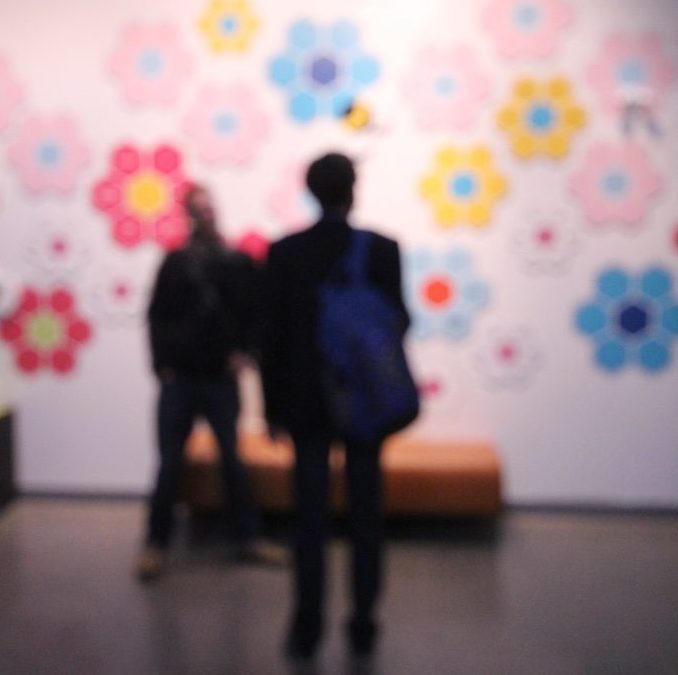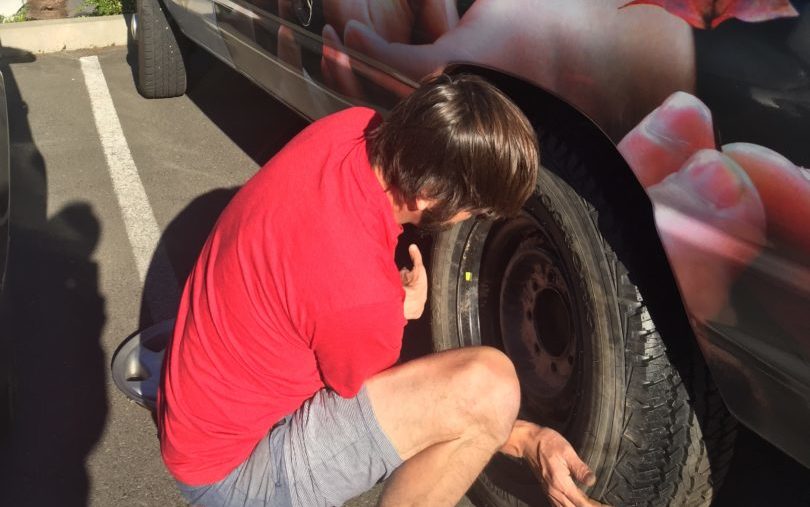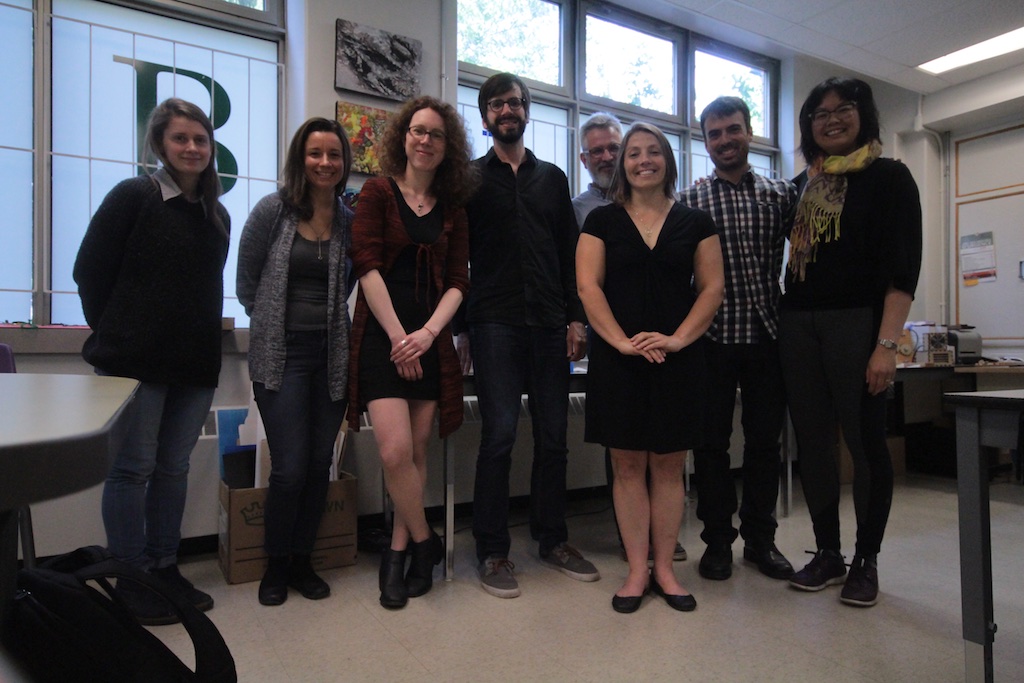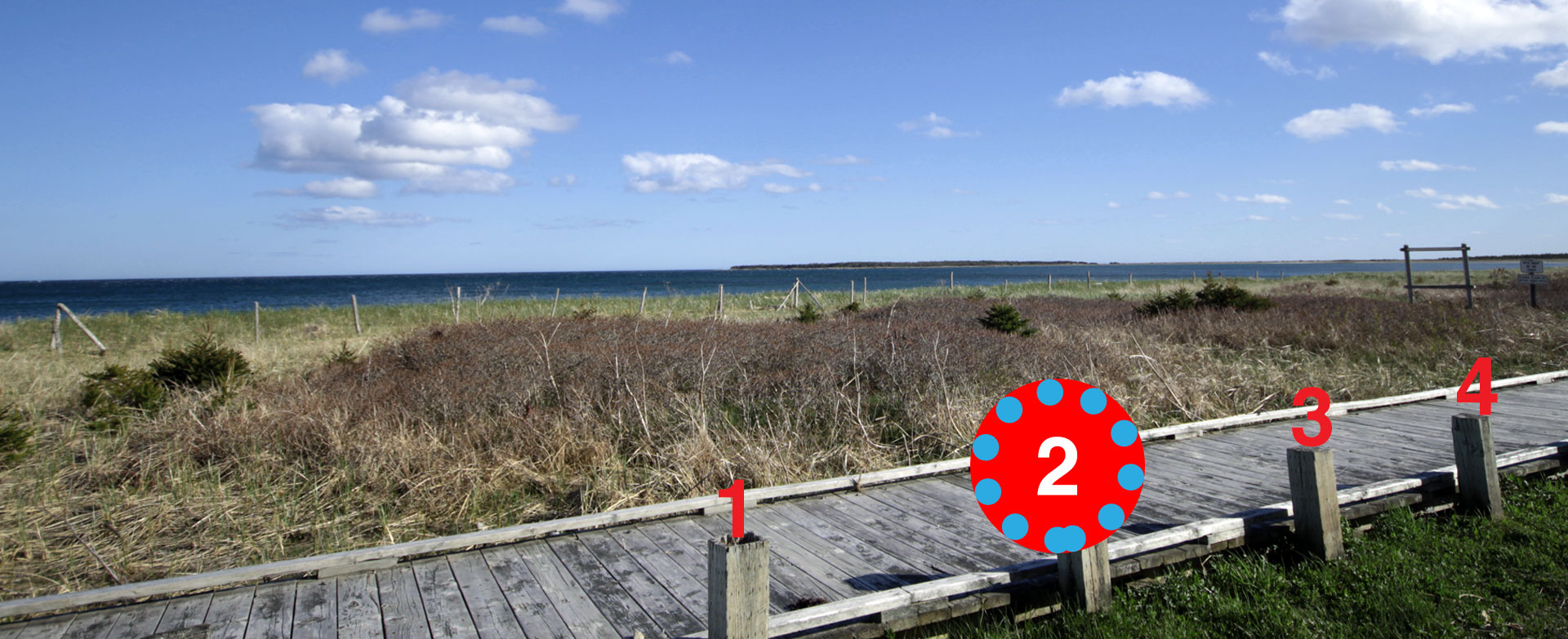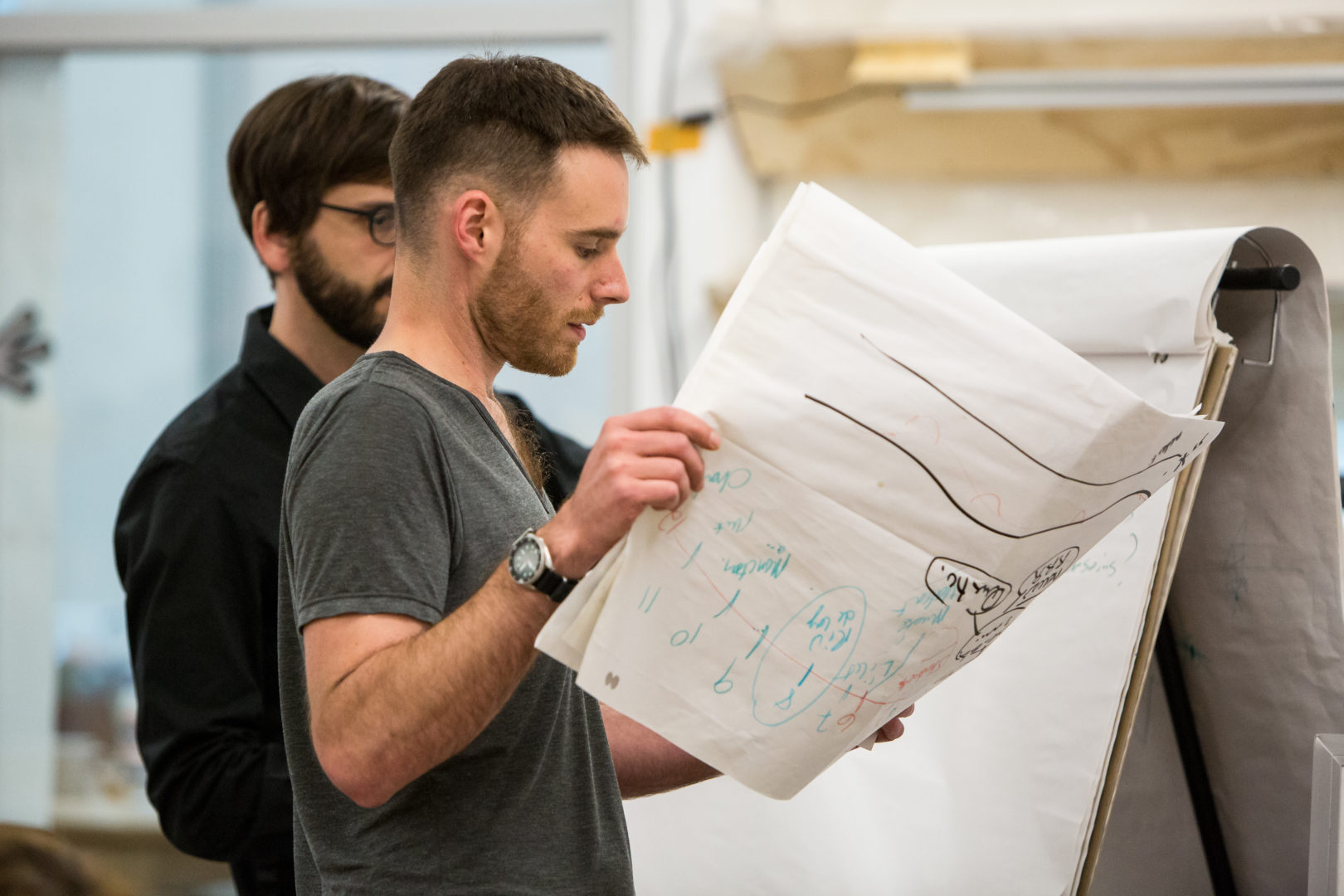After 5 weeks of meeting people in Quebec and the Maritimes, we have accumulated a great deal of…
Dreams and possibilities that the ecosystem inter-structure could help create:
- Inter-fablabs, inter-cultural meetings: create connections between local and abroad cultural communities. Organize simultaneous activities between those laboratories, that could be given in the languages of the immigrant participants.
- Support the future of workshops: prototype the permanency of a Fab Lab in an organization with the help of the inter-structure. Call on everyone to help equip a temporary Fab Lab for a week that could then become a permanent site.
- Synchronism: supported by telepresence, host a workshop simultaneously in many laboratories. For example, Fab Labs in libraries can share (and even co-construct) their workshops and thus increasing collaboration and sharing of solutions to challenges.
- Structure the information: learn together how to use the semantics and the metadata to help identify adequately places, people, projects and learning workshops. Discover query tools for target audience. Gather date and value information on web traffic and challenges.
- Public communications: establish a Canada-wide communications mechanism that draws on the strength of already established networks.
- Diffusing: share the content produced in a Fab Lab with the help of the Fab Labs Nation wiki; blog about the ideas that were collected during telepresence meetings and travels.
- Mobile residency: prototype a co-creation residency service across the country.
- Mobile Fab Labs: set up a mobile Fab Lab (maybe a fleet?) that could cover a broad territory.
- Drawn together: workshops for young people created by the Discovery Centre Innovation Lab (Halifax, NS) and the Joseph-Armand Bombardier museum’s Fab Lab (Valcourt, QC).
- Share the good and the bad: put forward good practices and share what didn’t work: workshops/activities, which are easy to reproduce elsewhere, what are the costs, etc.
- Get inspiration from other sectors: take inspiration from the astronomical world, where many initiatives are emerging that joins amateurs and professionals.
- Use collaborative and open design: co-develop hand spinner derivatives and use them in creative activities with young people.
- Strengthen the potential through meeting people. How many projects can come out of this? New openings and experimentations, for example, between textile and architecture.
- Make frontiers permeable (geographical or organizational!): get to know people and organizations from other regions, provinces and everywhere in the world.
- Discuss different philosophical points of view, for example: in design, the importance of eschewing the standard functions of an object to consider instead the other possibilities it holds.
- Invest in human relationships: motivate, network and unite to go beyond.
- Achieve the visions of transforming schools: teachers are already imagining it, and without a laboratory to prototype their ideas and establish new processes, it possibly would not happen.
- The Lab becomes a common territory: let’s unite different horizons, cross experimenting.
- Share common infrastructures: If we simply look at the idea of sharing the tools’ instructions manuals, we can free time that can be used elsewhere, like inviting others, reaching out to them…
- Invest together for mutual enrichment: creating collective tools that become our common goods, collective wealth.
- Communicate with one another, let our voices be heard and help each other: express with ease our hopes for Fab Labs, for we need to show their importance and favour co-creation.
- Fab Lab and health? Join forces with a CLSC or with the Clinique santé pour les réfugiés (Gatineau) to identify and promote the occupational therapy potential of Fab Labs.
- Fab Labs Nations Production: create collective media at an international scale.
- Specific local inter-structuring invitation: The Gatineau library invites the Cégep de l’Outaouais, with the help of the mobile Fab Lab, to prototype a permanent installation in a library for a week.
- Libraries teach one another: in Gatineau, in Wolfville, they want to get in contact with Fab Labs in libraries to learn more together about these machines in their libraries.
- Multi-generational? Capture a part of the relationships that develops between the elderly and the youth.
- Schools and Fab Labs: a school could achieve a project with the help of many Fab Labs.
- Sharing between teachers: strengthen the inter-structure through discussions about the teachings that occur in Fab Lab.
- Talk to one another: create integrative bilingual projects to reduce the language barrier.
- Different people and new professions: learn about the profession of other people through a better flow of people throughout the network.
- Break down the isolation: know who’s out there, where they are.
- Better budgeting: share our numbers, a budget.
- Bridging the distance: develop common budget strategies to facilitate transport.
- Resources orientation centre: improve access to Fab Lab launching resources, for each context.
- Private funding: collaborate to get financial funding interested in our cause.
- Calls to investments: rally for massive investments that could benefit the whole country.
- Time to shine: work together to raise society’s awareness of the importance of Fab Labs (civil society, businesses)
- Help businesses evolve in a changing world: provide businesses solutions for each context (open innovation, new ways of designing, fabricating, etc. …)
- Increase the exchange: encourage and organize the circulation of people, technologies and even cash flow.
- Cross-optimization: build resources to facilitate the operation and administration of Fab Labs.
- Discover possibilities: learn about the capacities of other Fab Labs to choose one’s own area of development.
- Initiate open innovation at a larger scale: invite universities to publicly prototype about the openness phenomena.
- Collaboratives institutions: develop research and innovation paths between universities and cooperative research centres.
- Organize in-person meetings: organize events with the help of collaboration tools. Could a Montreal Fab Labs festival be a real thing?
- Distinguish ourselves with do-it-together: value the help of others (outside of our school, our city) in order to grow, instead of trying to be the biggest, the brightest…
- Discover, stay relevant: understand what networks are creating, especially at an international level.
Questions
Of course, nothing happens through magical thinking, and some questions help us get into a learning mind set given the scope of possibilities:
- What role mediation adopts? How do we apply it? Why do we do it?
- How to get out of the traditional education model?
- How to create positive experiences?
- How to facilitate the transfer of expertise?
- How can the inter-structure encourage local initiatives to call on the group?
- How to ensure that projects between laboratories are structuring?


